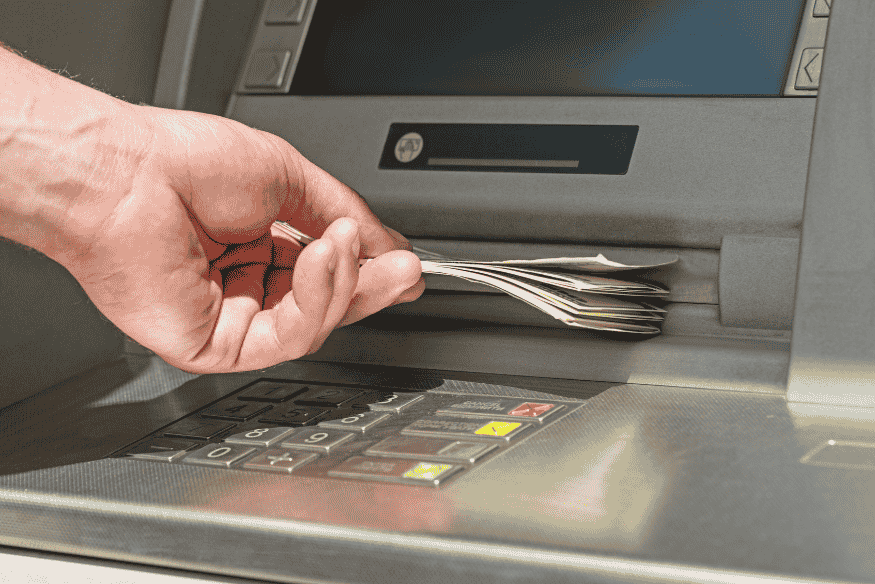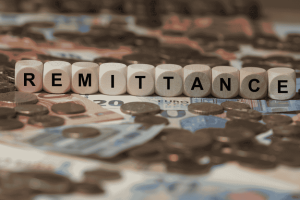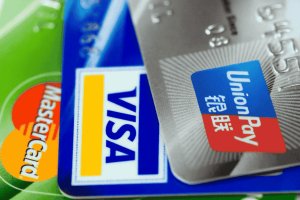Choosing the right bank is crucial for managing your finances effectively. Many people stick with the same bank for years, often out of convenience or habit, without considering whether their bank is truly meeting their needs. However, financial institutions evolve, and so do the needs of customers. If you find that your current bank no longer suits your financial requirements or if you’re frequently frustrated with their service, it might be time to consider a change.
If you’re experiencing frustration with your current bank, it may be time to look for a better option. This article outlines key signs that indicate it’s time to switch banks and how to choose a better alternative. Consider factors like customer service, fee structure, available services, and technological advancements when selecting a new bank.
1. High Fees and Hidden Charges

One of the biggest reasons people switch banks is excessive fees. If you’re paying high monthly maintenance fees, ATM withdrawal fees, or hidden charges, consider looking for a bank that offers lower costs or fee-free accounts.
Common Bank Fees to Watch Out For:
- Monthly maintenance fees – Charges just for having an account.
- ATM fees – Costs associated with using out-of-network ATMs.
- Overdraft fees – Penalties for spending more than your balance.
- Foreign transaction fees – Charges on international purchases.
- Paper statement fees – Charges for receiving printed bank statements.
A good alternative is choosing a bank with transparent fee structures or digital banks that offer low-cost or no-fee banking options.
2. Poor Customer Service
If you struggle to get assistance from your bank when you need it, that’s a clear sign to consider switching. Long wait times, unhelpful support, or difficulty reaching a representative can be frustrating, especially in emergencies.
Signs of Bad Customer Service:
- Slow response times on phone or chat support.
- Poorly trained representatives who fail to resolve issues.
- Limited customer service hours, making it difficult to get help when needed.
Consider switching to a bank that offers 24/7 customer support and multiple communication channels, including phone, chat, and email.
3. Limited Digital Banking Features
In today’s fast-paced world, having access to robust digital banking features is essential. If your current bank has a slow, outdated mobile app or lacks essential features, it might be time to explore better options.
Essential Digital Banking Features:
- Fast and secure mobile banking apps
- Mobile check deposits
- Instant money transfers
- Online bill payments
- Integration with digital wallets (Google Pay, Apple Pay, etc.)
If your bank’s digital experience is outdated, consider switching to a fintech or a digital-first bank that prioritizes innovation and convenience.
4. Limited ATM and Branch Access

If your bank has few branches or ATMs in your area, you might be paying extra for out-of-network withdrawals or traveling long distances for in-person banking services.
When to Switch:
- You frequently pay ATM fees because your bank doesn’t have many machines.
- You travel often and need a bank with global ATM access.
- Your bank has closed multiple branches, reducing access to in-person services.
Look for a bank with a wide ATM network or partnerships with global ATM providers to avoid unnecessary fees.
5. Poor Interest Rates on Savings
If your savings account offers little to no interest, you’re losing potential earnings. Many digital banks and credit unions offer significantly higher interest rates compared to traditional banks.
Average Interest Rates:
- Traditional banks: 0.01% – 0.10%
- Online banks and fintechs: 1.00% – 4.00%
If your current bank offers low interest on savings, consider switching to a bank that helps your money grow faster.
6. Inflexible Loan and Credit Options
If your bank denies loan applications or offers high-interest rates on loans and credit cards, it may be time to explore other options. Different banks have varying lending policies, and some offer better terms for loans, credit cards, and mortgages.
Signs You Need a Better Bank for Loans:
- High loan interest rates compared to competitors.
- Strict lending policies that make it difficult to qualify.
- Poor credit card rewards and high annual fees.
Look for banks with better lending terms, lower interest rates, and more flexible repayment options.
7. Security Concerns and Fraud Issues
If your bank has experienced frequent security breaches or you’ve encountered fraud issues that were not handled properly, consider switching to a bank with better security measures.
Key Security Features to Look For:
- Two-factor authentication (2FA) for logins.
- Fraud alerts and instant transaction notifications.
- Strong encryption and account protection policies.
- Fast response to fraud claims.
A bank with robust security measures ensures your money and personal data remain safe.
8. Your Financial Needs Have Changed
As life changes, so do financial needs. If you’ve started a business, moved to a new country, or need specialized banking services, your current bank might no longer meet your requirements.
Situations That May Require a New Bank:
- You need business banking services for a startup.
- You moved internationally and need multi-currency accounts.
- You require better financial planning tools and investment options.
Switching to a bank that aligns with your new financial goals can make managing your money easier.
How to Choose a Better Bank

If you’ve identified any of these signs, the next step is to choose a new bank that fits your needs. Here’s what to consider:
1. Compare Fees and Interest Rates
Look for banks with low fees and high interest on savings and checking accounts.
2. Check Customer Reviews
Read customer reviews about service quality, security, and digital banking experiences.
3. Explore Online and Mobile Banking Options
Ensure the bank offers an easy-to-use mobile app with essential digital features.
4. Consider ATM and Branch Availability
If you frequently withdraw cash, choose a bank with a wide ATM network.
5. Look for Strong Security Measures
Ensure the bank prioritizes fraud prevention and provides real-time transaction alerts.
Conclusion
Sticking with a bank that no longer meets your needs can cost you money, time, and convenience. If you’re experiencing high fees, poor customer service, outdated digital banking, or low interest rates, it may be time to switch. By evaluating your current bank’s shortcomings and exploring better alternatives, you can find a financial institution that helps you save more, access better services, and secure your financial future.









